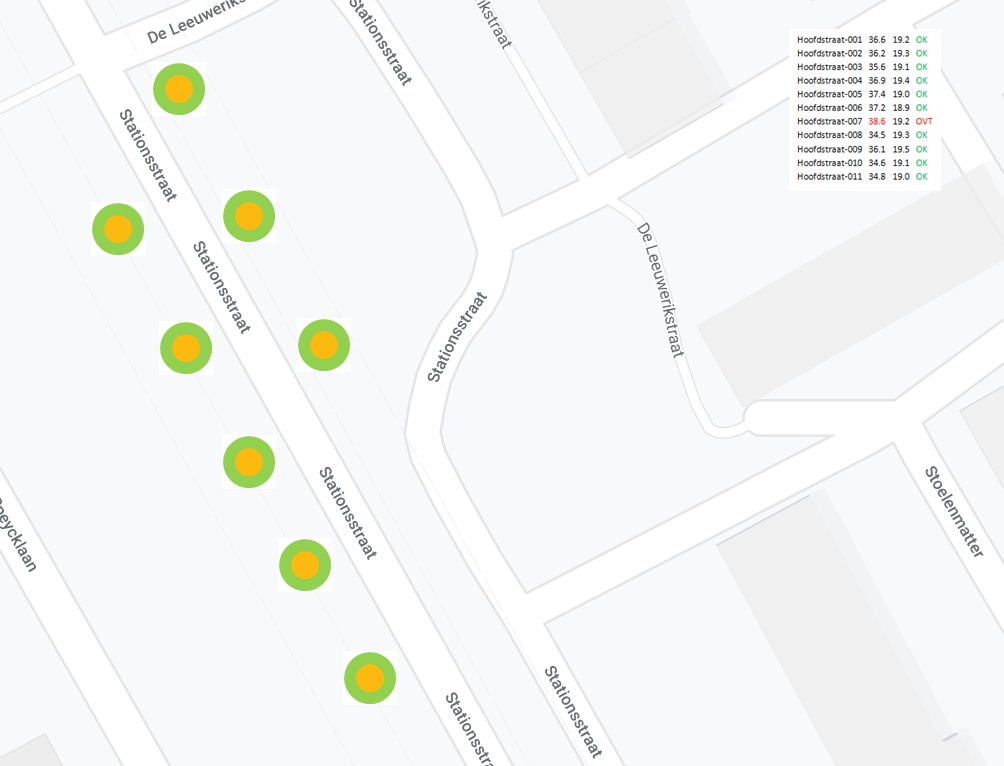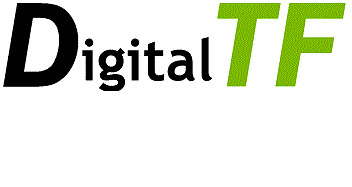
Ripple control switching
For switching of outdoor public lighting communities have used ripple control for several decades, provided by the grid operators. Ripple control is being phased out and replaced by IoT solutions which is cost-effective for switching. It is cost-effective because many lights are daisy-chained via their power conductors to a single switch in in the MV/LV distribution station or street cabinet.

Dimming systems
Dimming has been more difficult because of communication issues to the lamps. Many dimming systems are or have been on the market, all failing trials on cost, reliability and ease-of-use. RF mesh, high-frequency PLC and cellular (2G/3G/IoT) systems have attempted to provide a solid business case for dimming, and all have failed. In fact, many have been prematurely removed. The CAPEX and OPEX of such systems are simply too high to offset the achieved energy reduction.

LED
Failure to provide a business case has ironically partly been caused by the introduction of LED technology. Because of the extreme reliability and longevity of LED there is no use anymore for bidirectional communication: The LED’s and drivers are simply more reliable than the network monitoring them. Also the reduced energy consumption has made it more difficult for a dimming system to provide a business case.

Energy cost LED lamp
A typical outdoor LED lamp generates 6000 lumen and uses 40 Watts to do so. The lamp burns approx 4000 hours per year and a typical dim profile provides 50% energy reduction. Over 25 years and with a kWh price of 4-10 eurocents the dimming energy savings amount to 80-200 euros.

Business case DigitalTF
DigitalTF provides the dim signal for approx 0,15 euro per year, amounting to 3,75 euros in 25 years. Adding a SaaS service to operate the DigitalTF transmitter is divided over all connected lamps, on average 30 per MV/LV distribution station. This increases the control cost slightly, but still provides a very solid business case.

Business case IoT
It is obvious that any IoT solution with at least 8 euro/year cost excluding hardware and SaaS will never create a positive business case. Many manufacturers of mesh RF and PLC systems want to create the perception that their systems are less expensive than IoT, but this is not true. The OPEX (maintenance) of such a system is so high that it offsets the benefit of a providerless solution.








